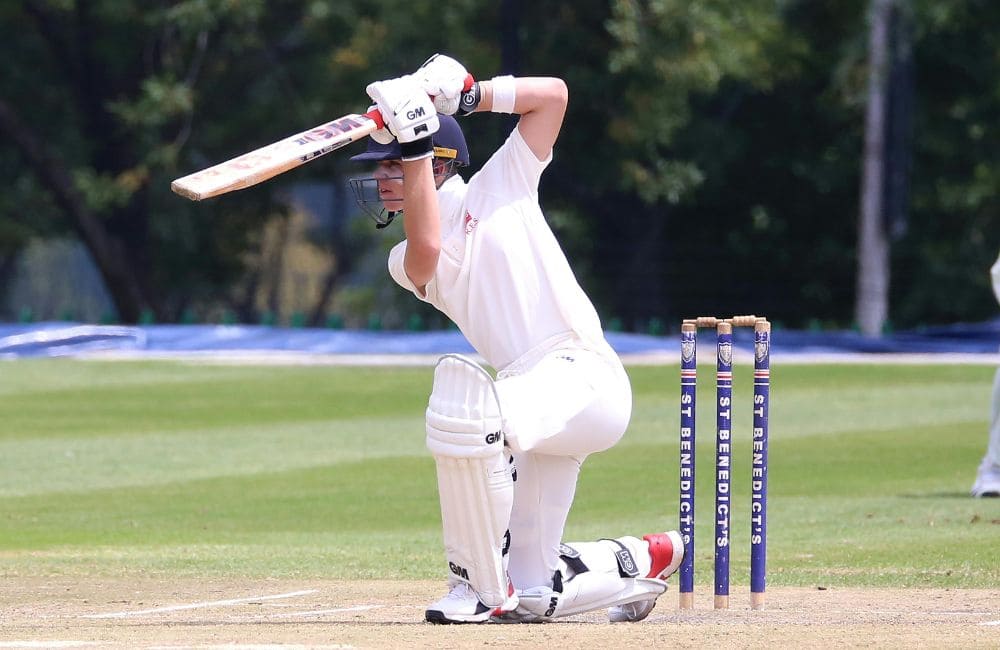Cricket and baseball are two globally loved sports that share similarities but are fundamentally different in rules, gameplay, and cultural impact. While both involve bats and balls, the structure of these games sets them apart in exciting ways.

Cricket and baseball are two globally loved sports that share similarities but are fundamentally different in rules, gameplay, and cultural impact. While both involve bats and balls, the structure of these games sets them apart in exciting ways.

Cricket, a game rich in tradition and strategy, may seem complex at first, but understanding its rules and terms opens the door to a fascinating sport. The objective is simple: score more runs than the opposing team while minimizing dismissals.

Cricket’s evolution is a testament to its adaptability and enduring appeal. From the leisurely pace of Test matches to the adrenaline-fueled excitement of T20, cricket has transformed dramatically over the centuries.

In India, cricket is not merely a game; it’s a way of life. From bustling streets to state-of-the-art stadiums, cricket dominates the cultural landscape, uniting millions across the nation.

Advances in technology have transformed cricket, enhancing gameplay, officiating, and fan engagement. Innovations like the Decision Review System (DRS) ensure fairer outcomes by using tools such as Hawk-Eye, UltraEdge, and ball-tracking to review umpire decisions.

Cricket is as much a mental game as it is physical. Players face immense pressure, whether it’s hitting the winning runs or bowling the final over. Mental toughness, focus, and resilience are crucial for success.